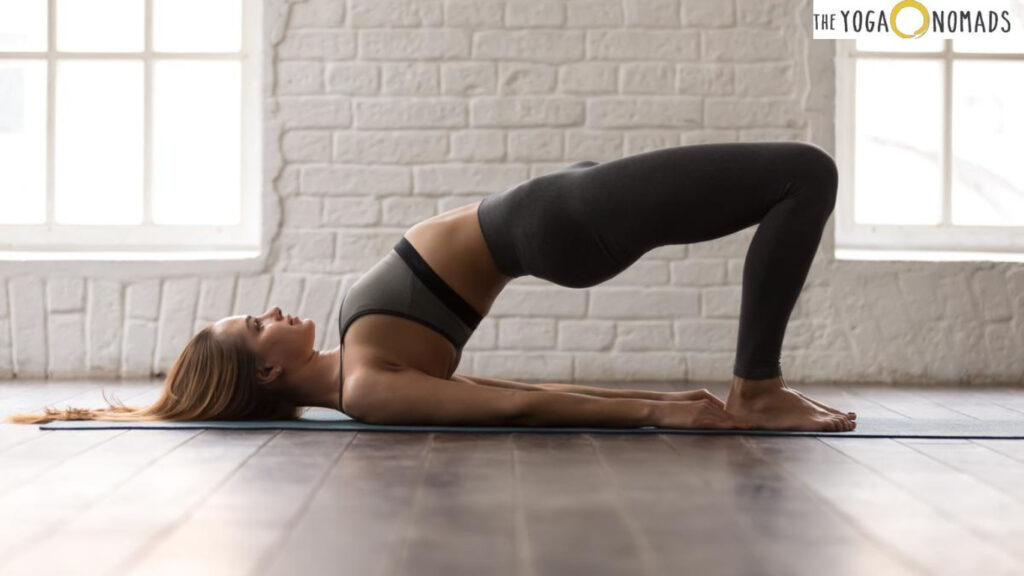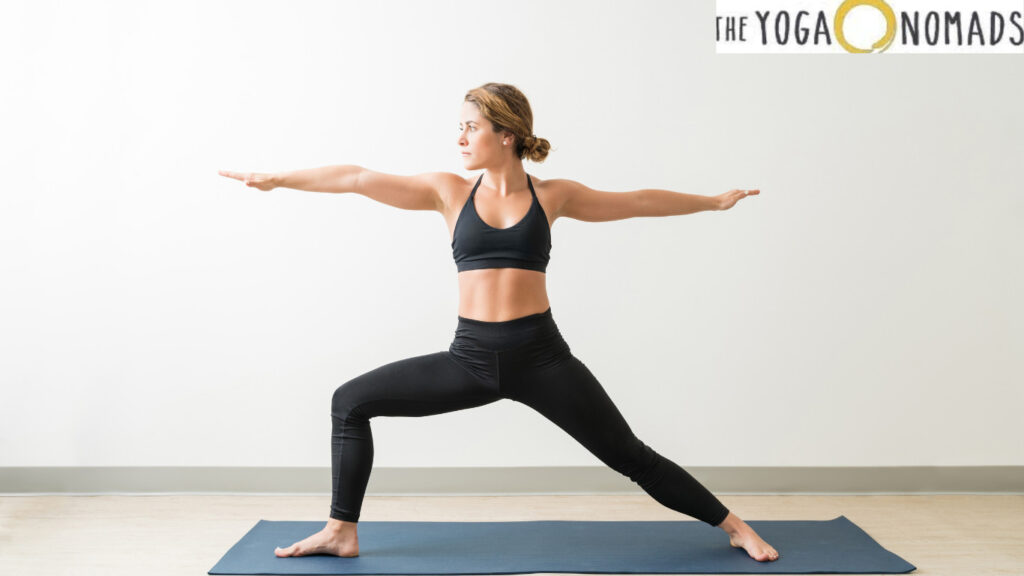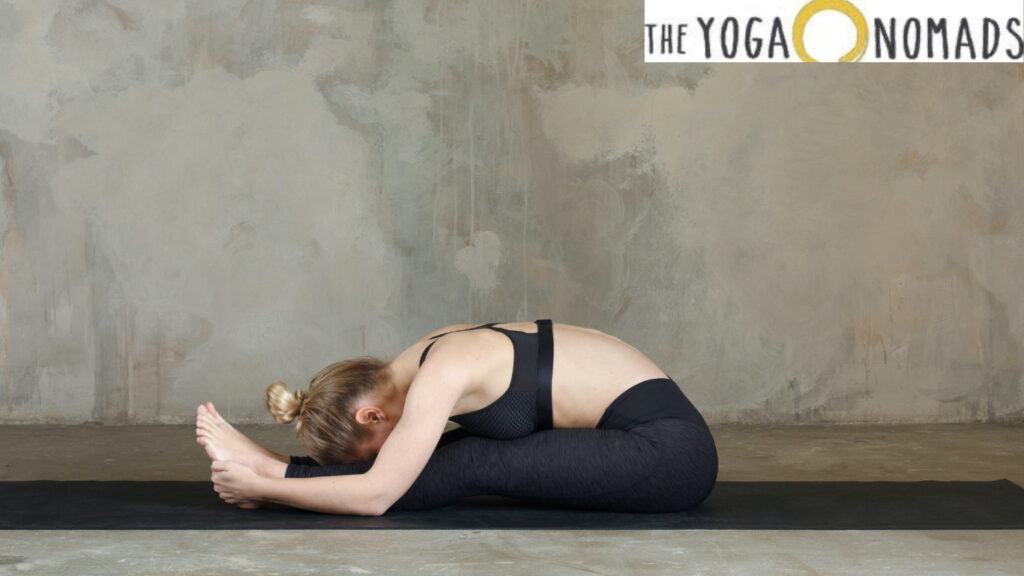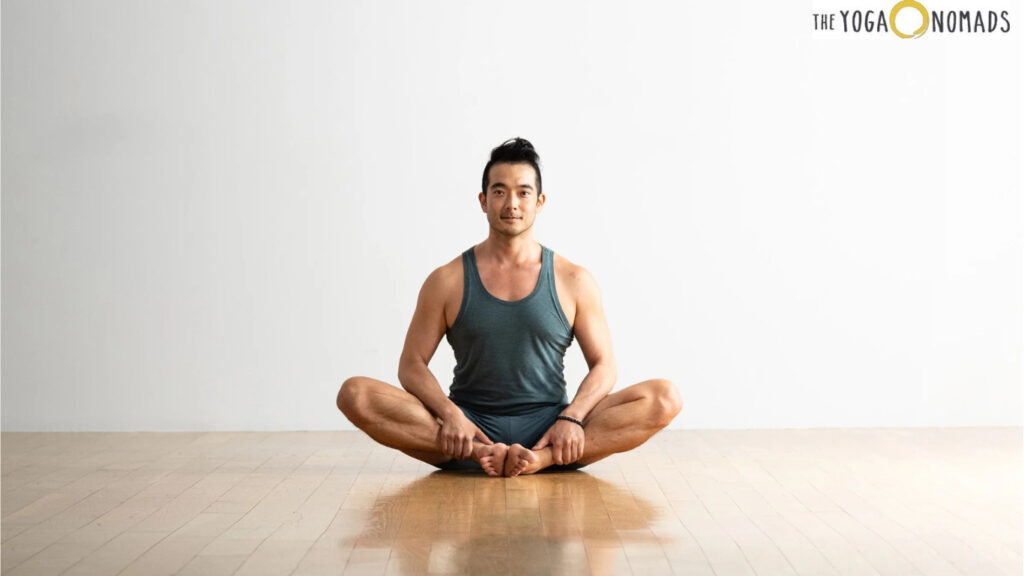Gentle Yoga For Joint Pain: 5 Easy, Effective Sequences
Listen to a summary of this article:
Key Takeaways
Discover five beginner-friendly gentle yoga for joint pain sequences and enhance mobility.
“Yoga is not about touching your toes; it’s about what you learn on the way down.” Jigar Gor
This quote reminds us that yoga is a journey, not a destination, especially for beginners with joint pain. It’s about progress, not perfection, and embracing every step of the process with patience and care.
If you’re new to yoga and dealing with joint pain, these gentle sequences will help you ease into the practice with comfort and care. Focused on building flexibility and strength without strain, they can provide much-needed relief while helping you stay active and pain-free.
Gentle yoga provides a calming practice that can be beneficial for reducing joint pain and building flexibility and strength. Its low-impact flows and stress-free poses are great for sore joints without increasing stress.
Whether you’re struggling with arthritis or general stiffness, gentle yoga helps you improve your mobility and find some much-needed relaxation. Adding in more seated stretches and supported postures can go a long way.
These practices will leave you feeling more comfortable in your body. Learn gentle ways to manage joint pain.
1. Bridge Pose


Bridge Pose targets and strengthens your glutes and lower back—muscles that are important for joint health.
This pose builds overall core support, stabilizing your pelvis and relieving pressure from your joints. I have personally experienced how regular practice has helped my lower back feel much more stable and supported through everyday actions.
Drawing the inner thighs toward each other as you lift your hips allows you to stay aligned and stable in the pose. This pose is wonderful for opening the hips and increasing flexibility as well. Tight hips frequently lead to stiffness in the knees, but gentle stretching in Bridge Pose can address that.
I’ve found using a block under the tailbone helps raise the hips and deepen the stretch without forcing my body. Engaging through the core is another important aspect of Bridge Pose. Activating the abdominal muscles will help give stability, making the pose feel more secure and controlled.
Practicing deep breathing while holding the pose promotes relaxation, helping to release tension in both the body and mind. With consistent practice, you should see steady progress by doing Bridge Pose 2-3 times week!
2. Warrior Poses


Warrior poses develop power and strength in your lower body. They’re great for your balance too, which is key to joint stability. When I practiced Warriors 2 for the first time, I noticed right away how my quadriceps kicked in to protect my knees. Grounding my back heel and positioning my back foot at a 90-degree angle stabilized the pose.
This pose helps improve flexibility in the hips and shoulders, common areas where tension accumulates from joint pain. In the process, building the hamstrings and glutes takes the edge off the tightness in the legs.
To avoid strain, alignment is very important. If tight hips make the traditional stance hard, rotating the back foot at a 75-degree angle can assist.
Modified warrior variations are great for folks with less mobility. Changing the angle in the front knee joint or taking a shorter stance makes the pose accessible while still receiving the b
3. Forward Fold


Forward fold is a great, easy way to help relieve joint pain and stretch the back side of the body. I’ve found it particularly useful for opening up tight hamstrings and creating space in the lower back. When these areas become rigid, they can start to tug on the joints that surround them and cause pain.
Reach for your toes, either standing up or sitting down. This very basic motion stretches the entire posterior chain—the back of your legs and back—providing you with immediate and tangible relief.
This pose is a wonderful chance to practice even more intentional breathing. Focusing on slow, deep breaths while in the Forward Fold encourages the body to relax and the mind to focus, creating a perfect environment for meditation and mindfulness.
In reality, this pose is not even about being physically flexible at all. Providing a sense of ease can help alleviate the anxiety that so often exacerbates pain. I know I feel more at ease after a few breaths in this pose.
If having the legs straight is too much, bending the knees a little is a good adjustment. This relieves excess tension in the lower back and prevents placing harmful weight on delicate knees, which is essential for effective knee pain relief.
Including larger, dynamic movements, such as swaying from side to side or gently pulsing forward, helps make your stretch pain-free. It eliminates any chance of you overstretching, ensuring a safe and effective yoga practice.
4. Bound Angle Pose


Bound Angle Pose is a wonderful gentle yoga practice, as it stretches and opens up the hips and groin. This restorative yoga pose releases built-up tension and enhances lower body flexibility. It’s a staple for getting a good stretch in inner thigh muscles while also increasing mobility in the hips, lower back, and ankles.
I’ve noticed how this pose highlights where my hips feel tighter on one side, making it easier to work on balance and symmetry. This awareness has added much depth to my daily yoga practice, particularly in understanding my body’s needs.
Relaxation follows easily in this pose, especially when accompanied by slow, intentional breaths. The soothing cadence of breathing in and out relaxes the mind and body, allowing you to sink into each yoga posture more deeply without tension.
Cushions or yoga blocks under your knees for added support and relief will make all the difference in your ease. Or, try sitting on a rolled-up blanket to elevate your hips and take pressure off your lower back.
Maintaining a calm, dignified, and tall posture is crucial. A strong core prevents the back from rounding and helps lift the chest. Proper alignment safeguards your joints from injury, allowing you to stretch safely.


Lift and Lengthen Yoga Block
Conclusion
Gentle yoga does amazing things for joint pain. The poses we focused on, including Bridge and Warrior, were gentle but powerful. They improve strength, flexibility, and circulation while keeping excess stress off your body. Just a couple of minutes a day will help!
The most wonderful aspect? You can modify these poses based on what feels best for your body. No pressure to be great; just show up as you are and listen to your body. Yoga helps to relieve joint pain and helps promote a feeling of relaxation and equanimity that you can carry with you throughout the day.
Roll out your mat and experience the relief of these poses. Your joints will thank you, and you’ll start feeling the benefits in no time.
Pop quiz! 🧘🤔
Chair yoga can help alleviate joint pain and improve flexibility.
Chair yoga is only for elderly individuals and those with serious health issues
All chair yoga routines are the same, and none focus specifically on joint pain relief
Frequently Asked Questions
What is gentle yoga?
Practicing gentle yoga emphasizes slow, controlled movements and yoga poses, making it perfect for beginners, seniors, or those seeking knee pain relief. It focuses on increasing flexibility, strength, and relaxation—all without straining the body.
Can yoga help with joint pain?
Yes, yoga can help with joint pain by increasing flexibility, strengthening surrounding muscles, and increasing blood flow. Gentle restorative poses relieve immediate stiffness and contribute to the long-term health of your joints.
Is Bridge Pose safe for joint pain?
Yes, Bridge Pose is safe and helpful for joint pain. It builds strength in your back and legs while opening and stretching your hips and knees to improve mobility and lessen stiffness.
Are warrior poses good for beginners with joint pain?
Warrior Poses build strength, which is important for joint health, especially if you have arthritis. Novices need to be mindful of their range of motion and not push themselves past their limits.
Can Forward Fold help with stiff joints?
Forward fold stretches the hamstrings and back, helping to release built-up tension and improve posture. This gentle yoga pose is great for relieving stiffness and can be beneficial for knee pain relief; if you have tight hamstrings or knee pain, keep your knees bent a little for more comfort.
What are the benefits of the bound-angle pose for joint pain?
Bound Angle Pose is a gentle yoga pose that safely opens the hips and inner thighs, increasing mobility and providing knee pain relief while reducing joint pain.
Thanks for your feedback!

